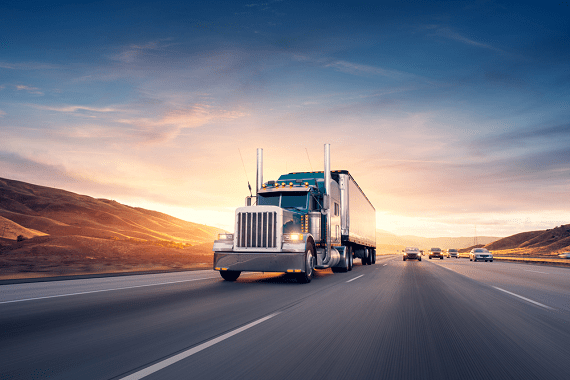The chemical industry plays a pivotal role in the global economy, providing essential materials for various sectors. Efficient chemical logistics, encompassing transportation and storage, is paramount to ensuring the safe and timely delivery of products while meeting stringent regulatory standards. This article explores key strategies for achieving seamless chemical logistics, from initial transportation planning to secure storage practices.

Top Chemical Logistics Strategies
1. Thorough Risk Assessment:
Before embarking on chemical transportation, a comprehensive risk assessment is essential. Identify potential hazards associated with the specific chemicals being transported, considering factors such as toxicity, flammability, and reactivity. This assessment forms the basis for developing risk mitigation strategies to enhance overall logistics safety. Engaging with a professional logistics company like CPTrans specializing in chemical transportation can further augment this process, as their expertise in risk management ensures a thorough and meticulous approach to handling and transporting hazardous materials.
2. Compliance with Regulations:
The chemical industry is subject to a myriad of regulations governing transportation and storage. Adherence to these regulations is non-negotiable for ensuring the safety of personnel, communities, and the environment. Stay abreast of international, national, and local regulations, and implement robust compliance measures throughout the logistics chain.
3. Customized Packaging and Labeling:
Proper packaging and labeling are critical elements in chemical logistics. Tailor packaging to the specific needs of each chemical, considering factors like compatibility and vulnerability to external conditions. Clear and accurate labeling facilitates efficient handling and storage, reducing the risk of errors during transportation.
4. Specialized Transport:
Chemical logistics demand specialized transportation solutions. Utilize vehicles and containers designed to meet the unique requirements of chemical shipments. Tanker trucks, isotanks, and intermodal containers equipped with safety features provide a secure means of transportation for various chemical substances.
5. Route Optimization:
Efficient transportation involves not only selecting the right vehicles but also optimizing routes. Consider factors such as traffic conditions, potential hazards, and emergency response capabilities when planning transportation routes. This not only enhances efficiency but also contributes to minimizing environmental impact.
6. Technology Integration:
Incorporate technology for real-time tracking and monitoring of chemical shipments. Advanced systems can provide insights into factors like temperature, pressure, and location, allowing for proactive intervention in case of deviations from optimal conditions. Technology integration enhances visibility and transparency throughout the logistics process.
7. Emergency Response Preparedness:
Despite meticulous planning, unforeseen circumstances can occur during chemical transportation. Develop and regularly update emergency response plans to address potential incidents promptly. Training personnel in emergency protocols ensures a swift and effective response, minimizing the impact of any unforeseen events.
8. Secure Storage Facilities:
Once chemicals reach their destination, secure storage becomes paramount. Implement storage facilities equipped with appropriate safety measures, including spill containment systems, ventilation, and fire suppression systems. Segregate chemicals based on compatibility to prevent accidental reactions.
9. Inventory Management:
Efficient chemical logistics also involve precise inventory management. Implement systems that enable real-time tracking of chemical inventory, reducing the risk of overstocking or shortages. This facilitates better planning and ensures that chemicals are readily available when needed.
10. Continuous Improvement and Evaluation:
Chemical logistics is a dynamic field, and continuous improvement is crucial. Regularly evaluate and update logistics strategies based on evolving regulations, technological advancements, and industry best practices. Learning from past experiences and staying proactive ensures that logistics operations remain effective and safe.
Conclusion of Top Chemical Logistics Strategies
Seamless chemical logistics is not just about moving products from point A to B—it’s about doing so safely, efficiently, and in compliance with stringent regulations. By integrating thorough risk assessments, compliance measures, specialized transportation, technology, and robust storage practices, the chemical industry can achieve logistics excellence. Continuous improvement and a commitment to safety are key elements in navigating the complexities of chemical transportation and storage, ultimately contributing to the overall success and sustainability of the industry.
Useful links:
